

Articles
How To Store Sourdough Loaf
Modified: January 8, 2024
Learn the best techniques for storing your sourdough loaf in this informative article. Find out how to keep your bread fresh and delicious for longer.
(Many of the links in this article redirect to a specific reviewed product. Your purchase of these products through affiliate links helps to generate commission for Storables.com, at no extra cost. Learn more)
Introduction
When it comes to storing sourdough bread, proper handling is crucial to maintain its freshness and flavor. Sourdough bread is beloved for its distinct taste, chewy texture, and longer shelf life compared to regular bread. However, without the right storage techniques, you may find yourself with a stale or moldy loaf.
In this article, we will explore the best practices for storing sourdough bread to preserve its quality and ensure it stays delicious for as long as possible. From room temperature storage to refrigeration and freezing methods, we will cover all the necessary steps to keep your sourdough loaf fresh!
Key Takeaways:
- Proper storage of sourdough bread is essential to maintain its freshness and flavor. Factors like temperature, humidity, and packaging play a crucial role in preserving the loaf’s quality.
- Whether at room temperature, in the refrigerator, or freezer, proper wrapping, handling, and consumption timeframe are key to extending the shelf life of sourdough bread while maximizing its deliciousness.
Read more: How To Store A Sourdough Loaf
Understanding Sourdough Bread
Sourdough bread is a unique type of bread that is made using a natural fermentation process. Unlike traditional yeast bread, which relies on commercial yeast for leavening, sourdough bread is made by fermenting a mixture of flour and water called a “starter.”
The starter contains wild yeast and beneficial bacteria, which naturally occur in the environment. Through the fermentation process, these microorganisms break down the carbohydrates in the flour, releasing carbon dioxide gas. This gas creates bubbles within the dough, giving sourdough bread its characteristic airy texture.
One of the great benefits of sourdough bread is that it has a longer shelf life compared to regular bread. This is due to the lactic acid produced during fermentation, which helps to preserve the bread and inhibit the growth of mold and other spoilage organisms. The acidity of sourdough bread also gives it a tangy flavor that many people enjoy.
However, it’s important to note that sourdough bread is more susceptible to moisture loss and staling. The absence of preservatives and the natural fermentation process make it prone to drying out faster than store-bought bread. Therefore, proper storage is crucial to maintain its freshness and flavor.
Factors Affecting Sourdough Bread Storage
Several factors can influence the storage of sourdough bread and its overall quality. Understanding these factors will help you make informed decisions on how to store your loaf effectively.
Ambient Temperature: The temperature of your storage environment plays a significant role in how long your sourdough bread will stay fresh. Sourdough bread is best stored in a cool, dry place away from direct sunlight and heat sources. High temperatures can accelerate moisture loss and promote mold growth.
Humidity: Sourdough bread thrives in a slightly humid environment, as it helps to prevent the crust from becoming too hard and dry. However, excessive moisture can encourage mold growth, so it’s essential to strike a balance. Aim for a relative humidity level between 65% and 75% for optimal storage conditions.
Bread Moisture Content: The moisture content of the sourdough bread itself also affects its storage life. Bread with a higher moisture content tends to dry out more quickly. Therefore, freshly baked sourdough loaves should be allowed to cool completely before storage to prevent moisture buildup inside the packaging.
Bread Crust: The crust of sourdough bread provides a protective barrier that helps retain moisture inside the loaf. It is essential to store bread in a way that preserves the crust’s integrity. Avoid placing the loaf in a sealed bag or container immediately after baking as this can trap moisture and cause the crust to become soggy.
Bread Slicing: Slicing your sourdough bread can affect its storage life. Sliced bread tends to dry out faster due to increased surface area exposure. If you plan to consume the entire loaf within a day or two, you can slice it. Otherwise, it is best to store the loaf whole and slice it just before consumption to maintain freshness.
Packaging: Choosing the right packaging is crucial for prolonging the shelf life of sourdough bread. Ideally, store the loaf in a breathable container or wrap it loosely in a clean cloth or paper bag. This allows the crust to breathe while protecting the bread from dust and drying out too quickly.
By considering these factors, you can make informed decisions on how to store your sourdough bread effectively. In the next sections, we will explore various storage methods, including room temperature storage, refrigeration, and freezing, to help you maintain the freshness of your sourdough loaf.
Storing Sourdough Bread at Room Temperature
Room temperature storage is the most common method for storing sourdough bread. With proper handling, you can keep your loaf fresh for a few days at room temperature.
When storing sourdough bread at room temperature, it’s important to consider the following:
- Breathable Container: Choose a breathable container, such as a bread box or a paper bag, to store your sourdough bread. These containers allow air circulation, helping to maintain the crust’s texture while preventing excess moisture buildup.
- Cool and Dry Location: Place your bread container in a cool and dry area of your kitchen, away from direct sunlight and heat sources. Avoid storing the bread near the stovetop or oven, as the heat can accelerate staling.
- Avoid Refrigeration: Sourdough bread is best consumed fresh at room temperature. Refrigeration can cause the bread to dry out and become stale faster.
By following these tips, you can keep your sourdough bread fresh for 2-3 days at room temperature. However, if you plan to store it for a more extended period or prevent staleness, it’s recommended to explore other storage methods, such as refrigeration or freezing.
Refrigerating Sourdough Bread
If you need to store sourdough bread for a longer period, refrigeration can be a suitable option. However, it’s important to note that refrigeration can expedite staling and alter the texture of the bread.
Here are a few guidelines for refrigerating sourdough bread:
- Wrap it Properly: Before placing your sourdough bread in the refrigerator, make sure it is tightly wrapped to prevent moisture loss and exposure to odors. Use plastic wrap, aluminum foil, or place it in a sealed plastic bag. Wrapping the bread ensures it doesn’t absorb any unwanted flavors from other foods in the refrigerator.
- Use a Moisture Source: To maintain the bread’s moisture and prevent it from drying out in the refrigerator, consider adding a moisture source. You can place a small bowl of water near the bread or use a damp paper towel. This will help create a slightly humid environment and slow down staling.
- Be Mindful of Staling: Sourdough bread stored in the refrigerator tends to stale faster compared to bread stored at room temperature. Therefore, it’s ideal to consume refrigerated sourdough bread within 3-4 days. Beyond that, the texture and taste may be compromised.
Keep in mind that refrigerating sourdough bread is not recommended if you plan to consume it within a day or two. Room temperature storage is preferable to maintain its optimal texture and flavor. Refrigeration is best suited for long-term storage or when you need to extend the bread’s freshness for a few extra days.
If you find that your refrigerated sourdough bread has become stale, you can revive its freshness by lightly toasting it or warming it in the oven. This can help restore some of the bread’s texture and make it enjoyable to eat.
Now that you know how to store sourdough bread in the refrigerator, let’s explore the freezing method for even longer-term storage.
After the sourdough loaf has cooled completely, store it in a paper bag or bread box at room temperature for up to 2-3 days. For longer storage, wrap it in a plastic bag and freeze for up to 3 months.
Read more: How To Store A Loaf Of Sourdough
Freezing Sourdough Bread
Freezing is an excellent option for long-term storage of sourdough bread. When done correctly, freezing helps preserve the bread’s freshness and flavor for several weeks.
Here’s a step-by-step guide on how to freeze sourdough bread:
- Cool the Bread: Allow your sourdough bread to cool completely before freezing. This ensures that excess moisture is not trapped inside the packaging.
- Wrap it Well: Wrap the loaf tightly in plastic wrap, making sure to cover it completely. Then, wrap it again with aluminum foil to provide an additional layer of protection against freezer burn.
- Label and Date: It’s essential to label the wrapped bread with the date of freezing. This will help you keep track of its storage duration and ensure you consume it within the recommended timeframe.
- Place in Freezer: Put the wrapped sourdough bread in the freezer, ideally in the coldest part of the freezer, such as the back or bottom shelf.
When you’re ready to enjoy the frozen sourdough bread, follow these steps for thawing and reheating:
- Thawing: Remove the frozen sourdough bread from the freezer and let it thaw at room temperature. It’s recommended to keep the bread wrapped during this process to prevent moisture loss.
- Reheating: Once thawed, preheat your oven to around 350°F (175°C). Remove the wrapping from the bread and place it directly on the oven rack or on a baking sheet. Bake for 10-15 minutes or until the crust becomes crisp and the bread is heated through. This will help revive the texture and flavor of the sourdough loaf.
Properly frozen and reheated sourdough bread can taste almost as good as fresh-baked! However, keep in mind that freezing may slightly alter the texture, and the bread may be slightly drier compared to when it was fresh.
It’s important to note that freezing is best suited for storing whole loaves of sourdough bread. Sliced bread can still be frozen, but it is more prone to freezer burn and drying out.
By following these guidelines, you can enjoy homemade sourdough bread even weeks after it’s been baked. Now let’s move on to some essential tips for maintaining the freshness and quality of your sourdough bread regardless of the storage method you choose!
Thawing and Reheating Sourdough Bread
Thawing and reheating sourdough bread is a crucial step in ensuring it retains its texture and taste after freezing or refrigeration. Here’s how you can thaw and reheat your sourdough bread:
- Thawing: Remove the frozen sourdough bread from the freezer and transfer it to a countertop or a cutting board. Leave it at room temperature to thaw. Avoid using a microwave or hot water to thaw the bread, as this can cause uneven thawing and negatively affect the texture.
- Preheating the Oven: While the bread is thawing, preheat your oven to around 350°F (175°C). Preheating the oven ensures that it is at the optimal temperature for reheating the bread.
- Reheating: Once the bread is thawed, it’s time to reheat it. Remove any plastic wrapping or foil and place the bread directly on the oven rack or a baking sheet lined with parchment paper. If desired, lightly spritz the bread with water to add moisture and prevent it from drying out further.
- Baking Time: The reheating time can vary depending on the size and thickness of the bread. Generally, bake the bread for 10-15 minutes or until the crust becomes crisp and the bread is heated through. Keep an eye on the bread to avoid overbaking, as this can lead to excessive dryness.
- Resting: After reheating, allow the bread to rest for a few minutes before slicing or serving. This resting period allows the moisture to distribute evenly throughout the bread and ensures a more enjoyable eating experience.
Reheated sourdough bread can be just as delicious as when it was fresh, with a crisp crust and a warm, soft interior. However, it’s important to note that reheating can slightly change the texture of the bread, making it slightly drier compared to its fresh state.
If you have stored your sourdough bread in the refrigerator rather than freezing it, you can also use a toaster or toaster oven to quickly warm it up. Simply slice the refrigerated bread, place it in the toaster, and toast until heated through. Keep a close eye on the bread to prevent excessive toasting or burning.
By following these thawing and reheating techniques, you can enjoy the taste and texture of your sourdough bread even after it has been stored in the freezer or refrigerator.
Now let’s move on to some essential tips for maintaining sourdough bread freshness, regardless of the storage method you choose.
Tips for Maintaining Sourdough Bread Freshness
To prolong the freshness and quality of your sourdough bread, consider implementing the following tips:
- Wrap and Store Properly: Whether you’re storing the bread at room temperature, in the refrigerator, or freezer, ensure it is tightly wrapped to prevent moisture loss and exposure to air. Use breathable containers, such as bread boxes or paper bags, for room temperature storage. For refrigeration and freezing, wrap the bread in plastic wrap and aluminum foil to provide an added layer of protection.
- Slice When Needed: If you’re not planning to consume the entire loaf at once, it’s best to slice the bread as you go rather than slicing it all at once. This helps to maintain the overall freshness of the loaf by reducing the exposed surface area.
- Avoid Excessive Handling: Handle the sourdough bread with care to prevent unnecessary squeezing or squashing. Rough handling can lead to faster staling and a loss of freshness.
- Keep Away from Moisture: Ensure that your sourdough bread is kept away from excess moisture, which can lead to mold growth. Use breathable packaging to prevent condensation from forming and causing the bread to become soggy.
- Avoid Direct Sunlight and Heat: Sourdough bread should be stored in a cool and dry location away from direct sunlight and heat sources. Exposure to excessive heat can speed up the staling process and affect the bread’s texture and flavor.
- Consume Within a Reasonable Timeframe: While sourdough bread has a longer shelf life compared to regular bread, it is still best consumed within a few days of baking. As time passes, it becomes slightly drier and its flavor may change. Try to plan your consumption accordingly to enjoy it at its best.
Following these tips will help you maintain the freshness and quality of your sourdough bread, whether you store it at room temperature, in the refrigerator, or freezer.
Remember, sourdough bread is best enjoyed fresh. While proper storage techniques can help extend its shelf life, it is always most delicious on the day it’s baked. So, enjoy your homemade sourdough bread while it’s at its peak and savor every bite!
Now that you’re equipped with the knowledge of sourdough bread storage and preservation, you can confidently enjoy your homemade loaves with a prolonged shelf life and maximum flavor.
Happy baking and happy preserving!
Conclusion
Proper storage of sourdough bread is crucial to maintain its freshness, taste, and texture. By understanding the factors that affect sourdough bread storage, such as temperature, humidity, moisture content, crust integrity, slicing, and packaging, you can make informed decisions on how to preserve your loaf.
Storing sourdough bread at room temperature is the most common method, using breathable containers and ensuring a cool, dry location away from direct sunlight. Refrigeration can extend the shelf life but may accelerate staling, so it’s essential to wrap the bread well and consume it within a few days. Freezing is ideal for long-term storage, but it may slightly alter the texture, so proper wrapping and labeling are essential.
Thawing and reheating are crucial steps when using frozen or refrigerated sourdough bread. Thaw at room temperature and reheat in the oven to restore the crust’s crispness and warmth.
To maintain the freshness of your sourdough bread, wrap and store it properly, minimize unnecessary handling, keep it away from excessive moisture, sunlight, and heat, and try to consume it within a reasonable timeframe.
Sourdough bread is a delightful creation that brings joy to many, and with proper storage techniques, you can enjoy its deliciousness for an extended period.
Remember, while these tips will help preserve your sourdough bread, it is always best enjoyed fresh. So, savor each bite of your homemade loaves and share the joy with your loved ones.
Now, armed with the knowledge of sourdough bread storage, go forth and confidently bake, store, and enjoy your homemade sourdough creations!
Frequently Asked Questions about How To Store Sourdough Loaf
Was this page helpful?
At Storables.com, we guarantee accurate and reliable information. Our content, validated by Expert Board Contributors, is crafted following stringent Editorial Policies. We're committed to providing you with well-researched, expert-backed insights for all your informational needs.
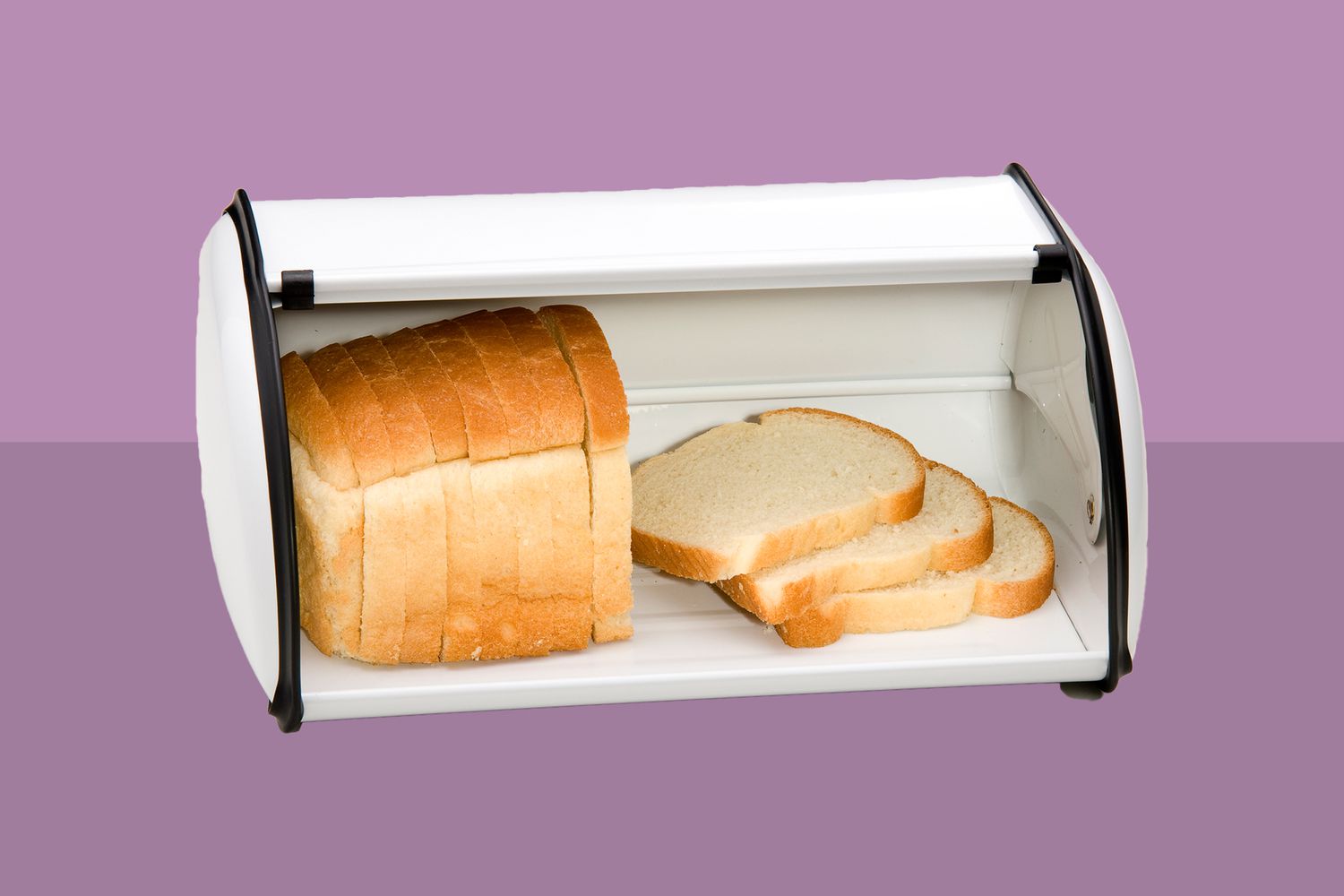
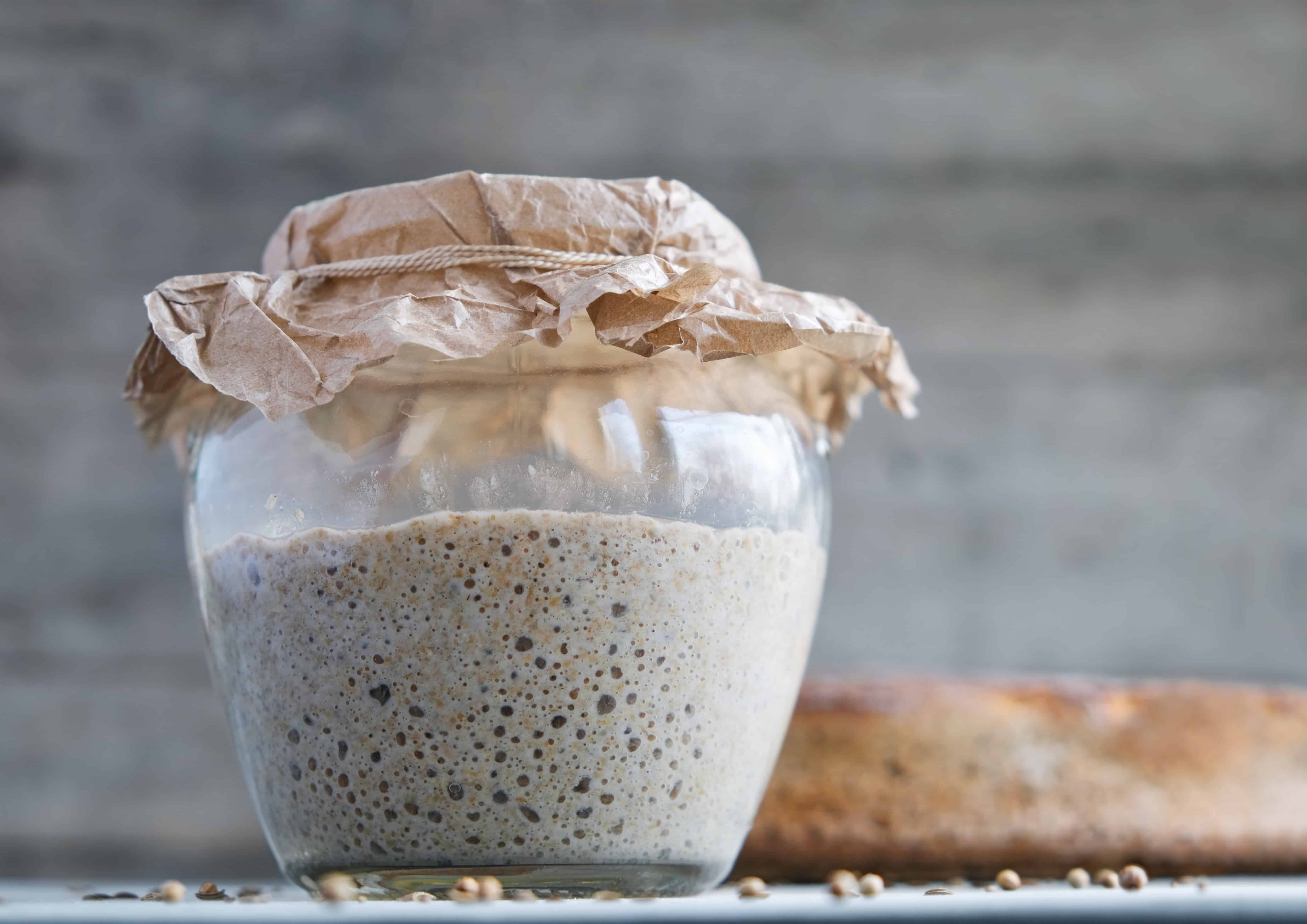
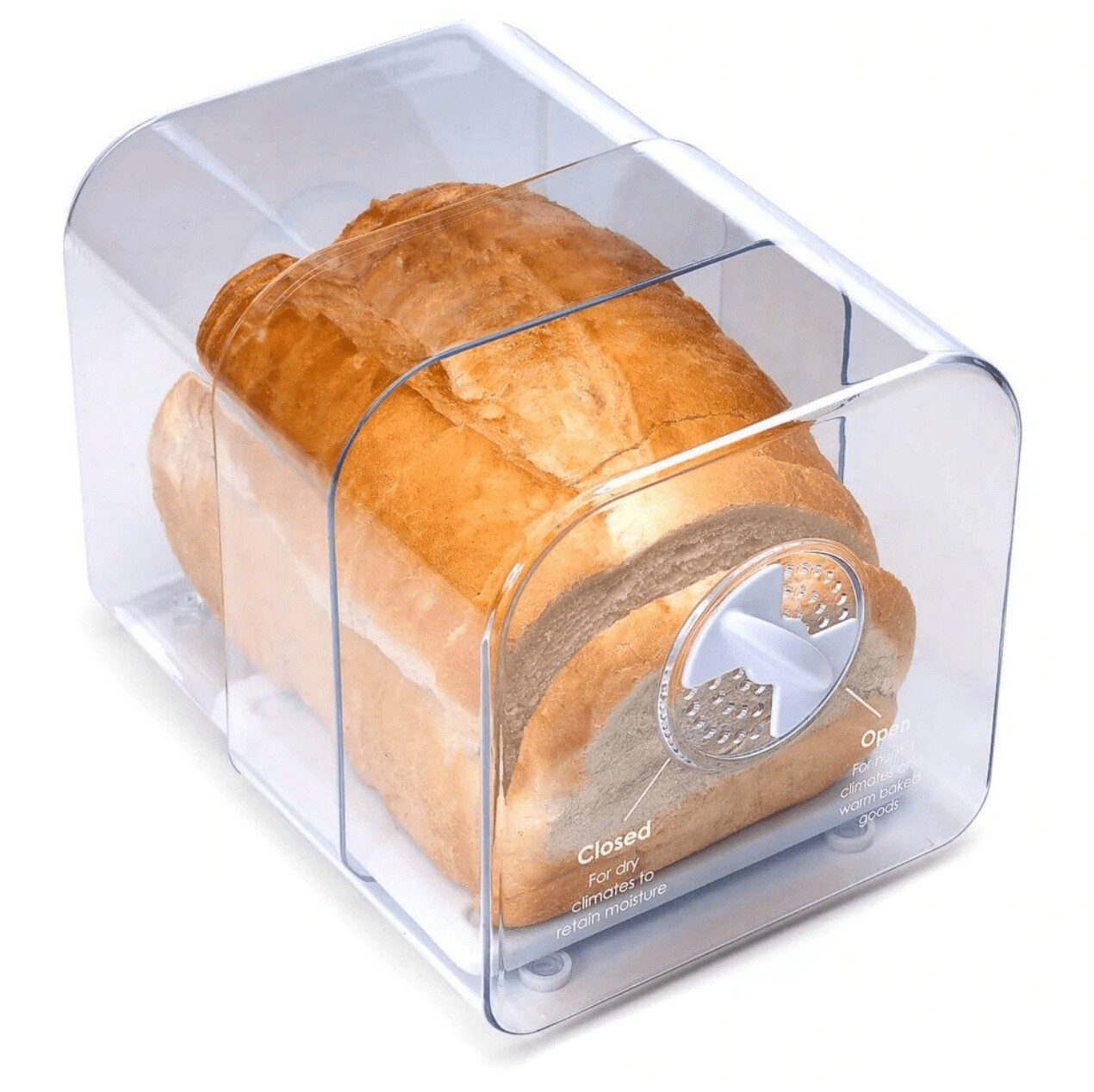
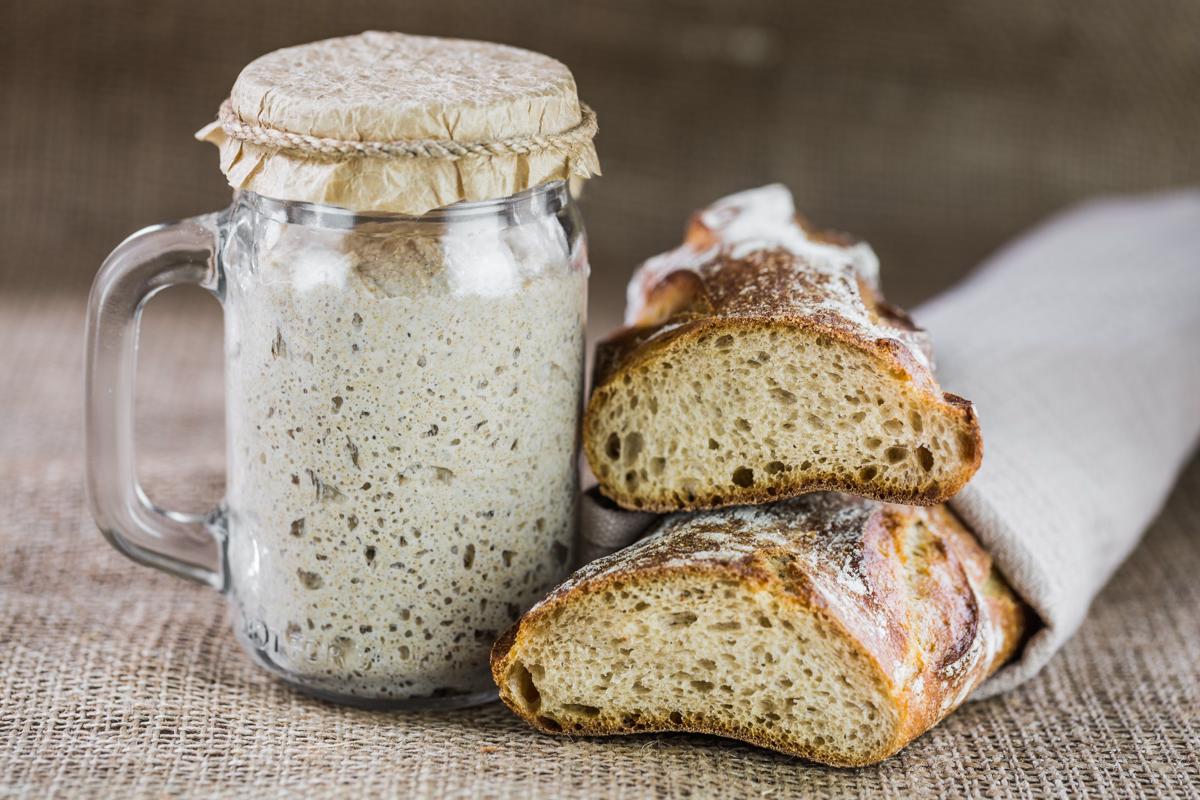
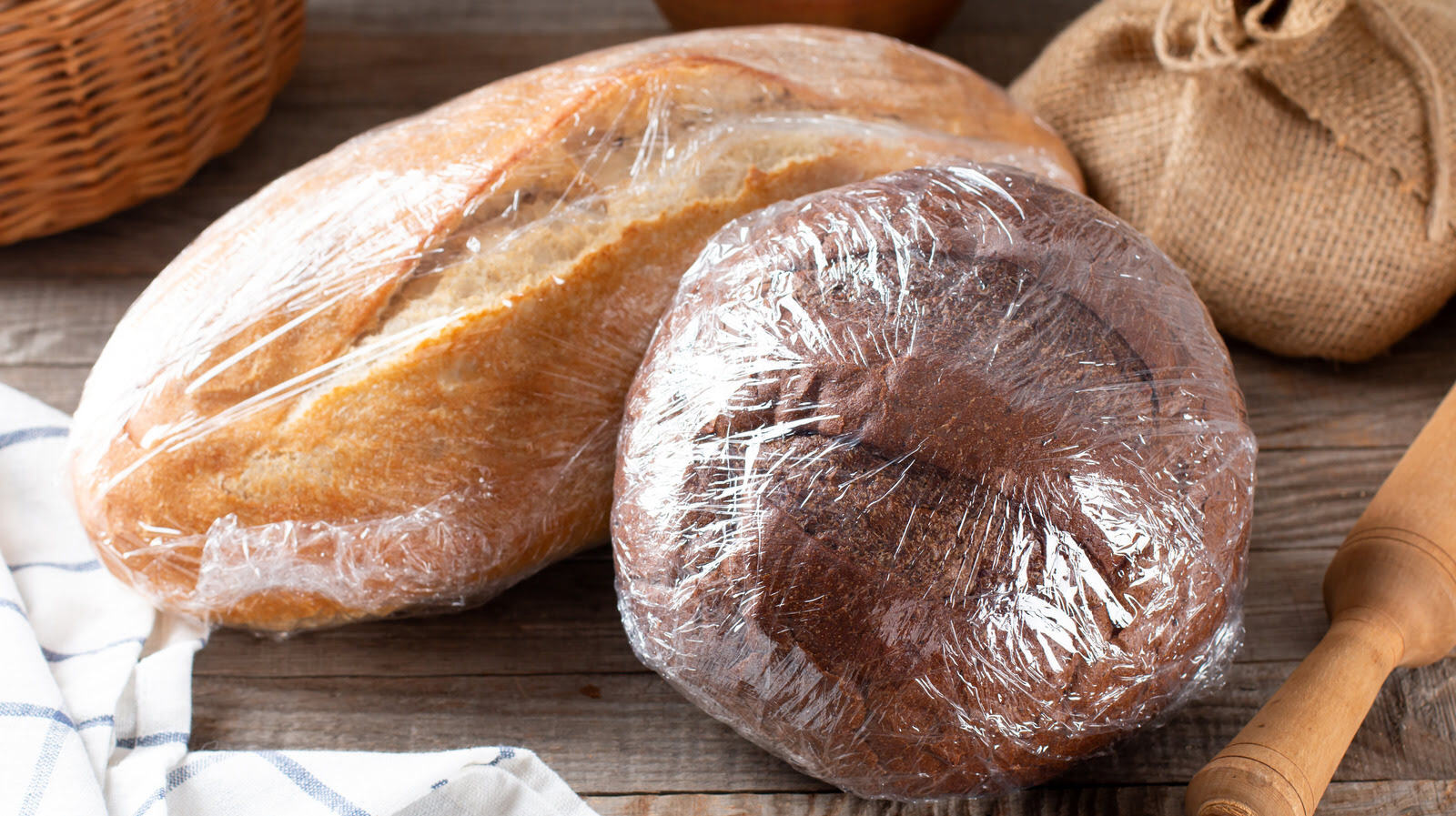
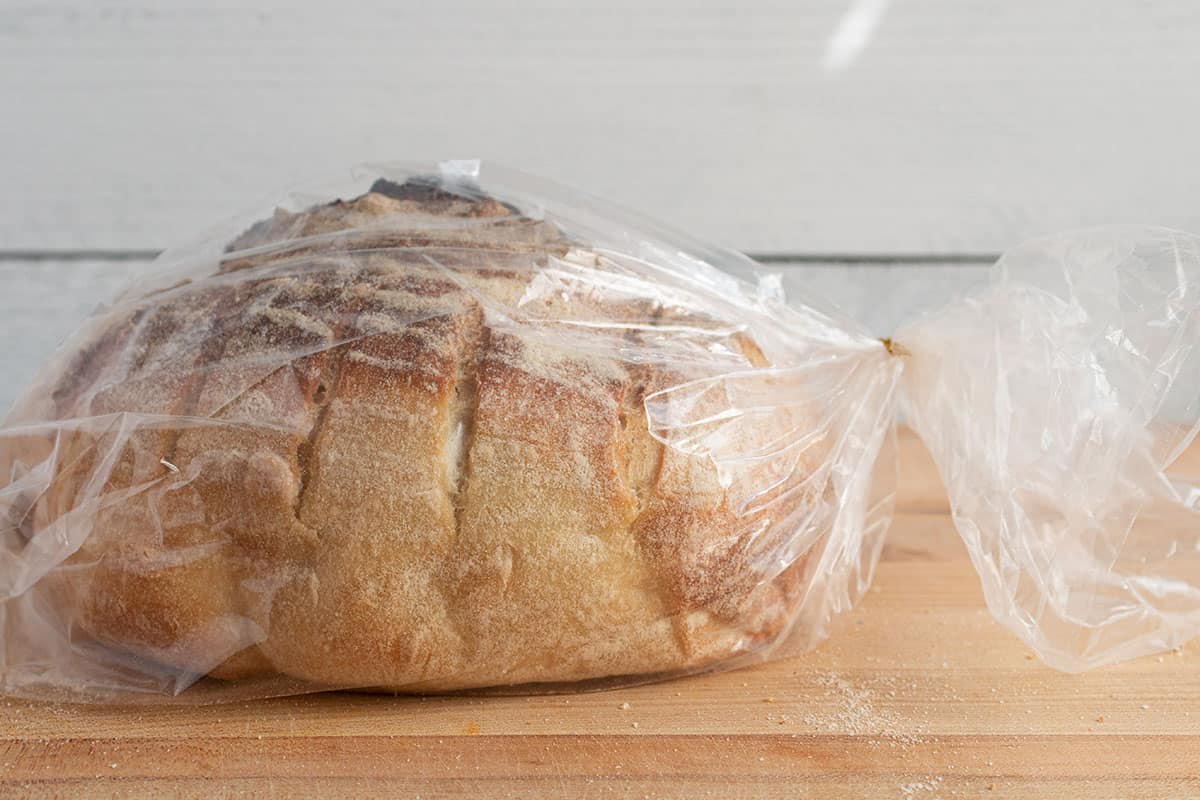
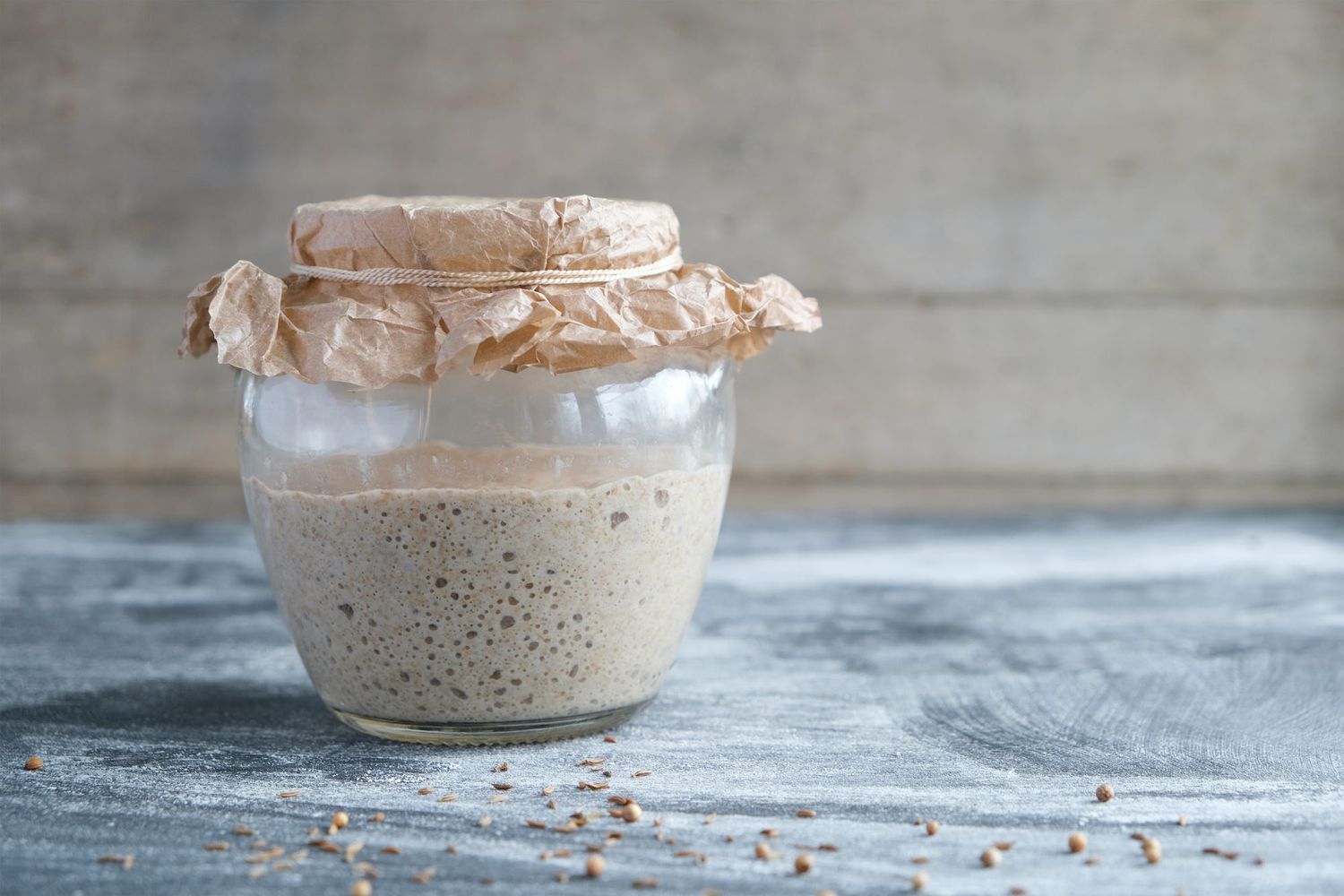
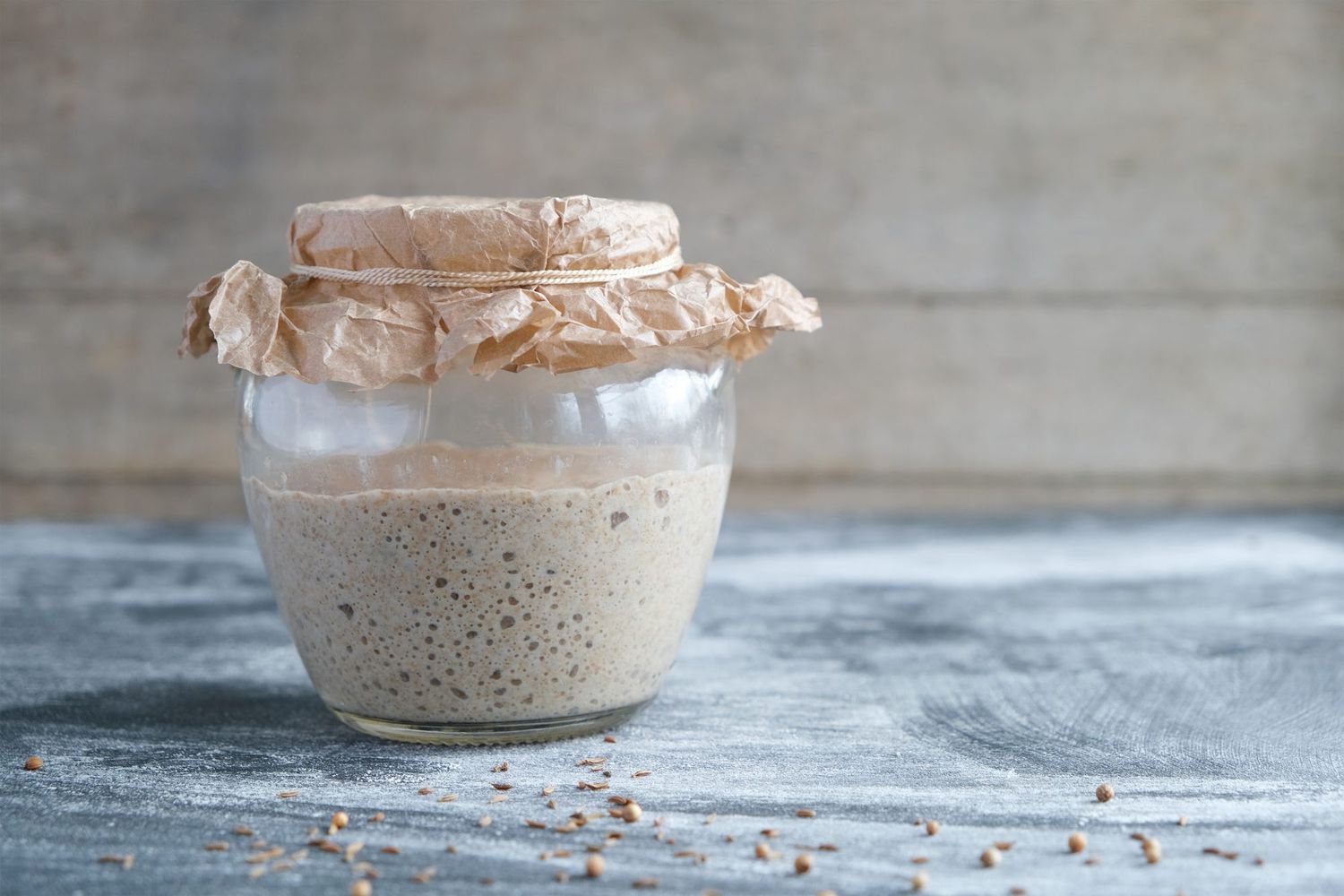
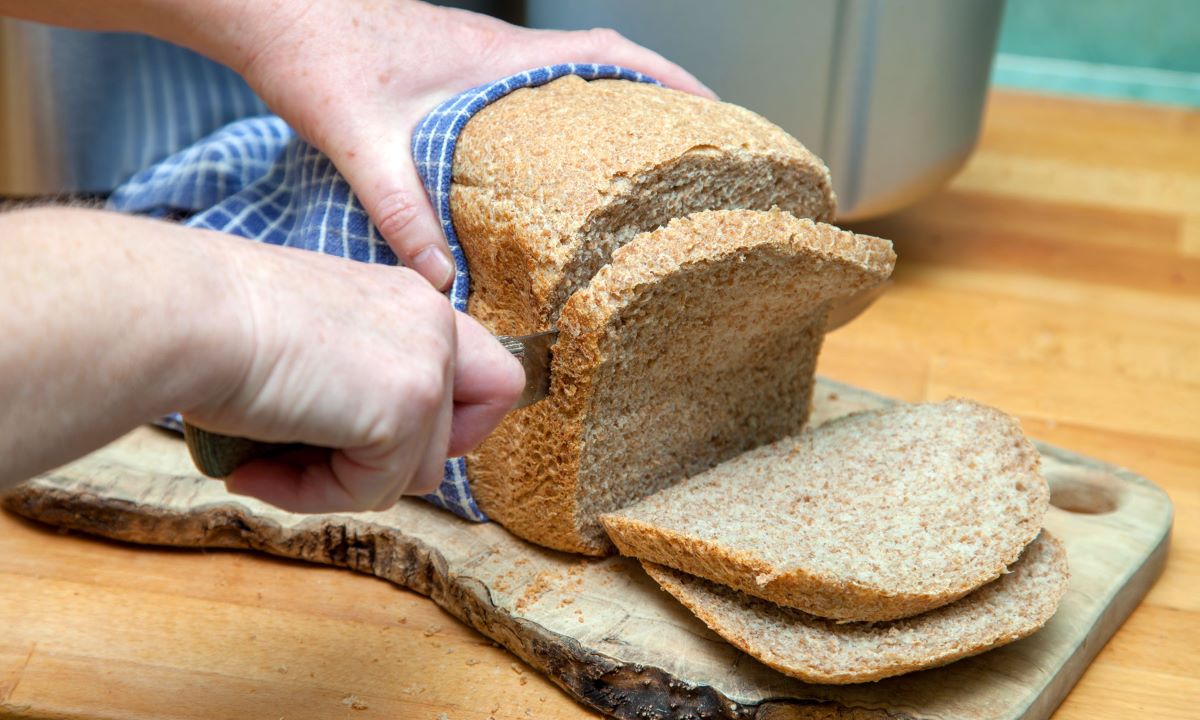
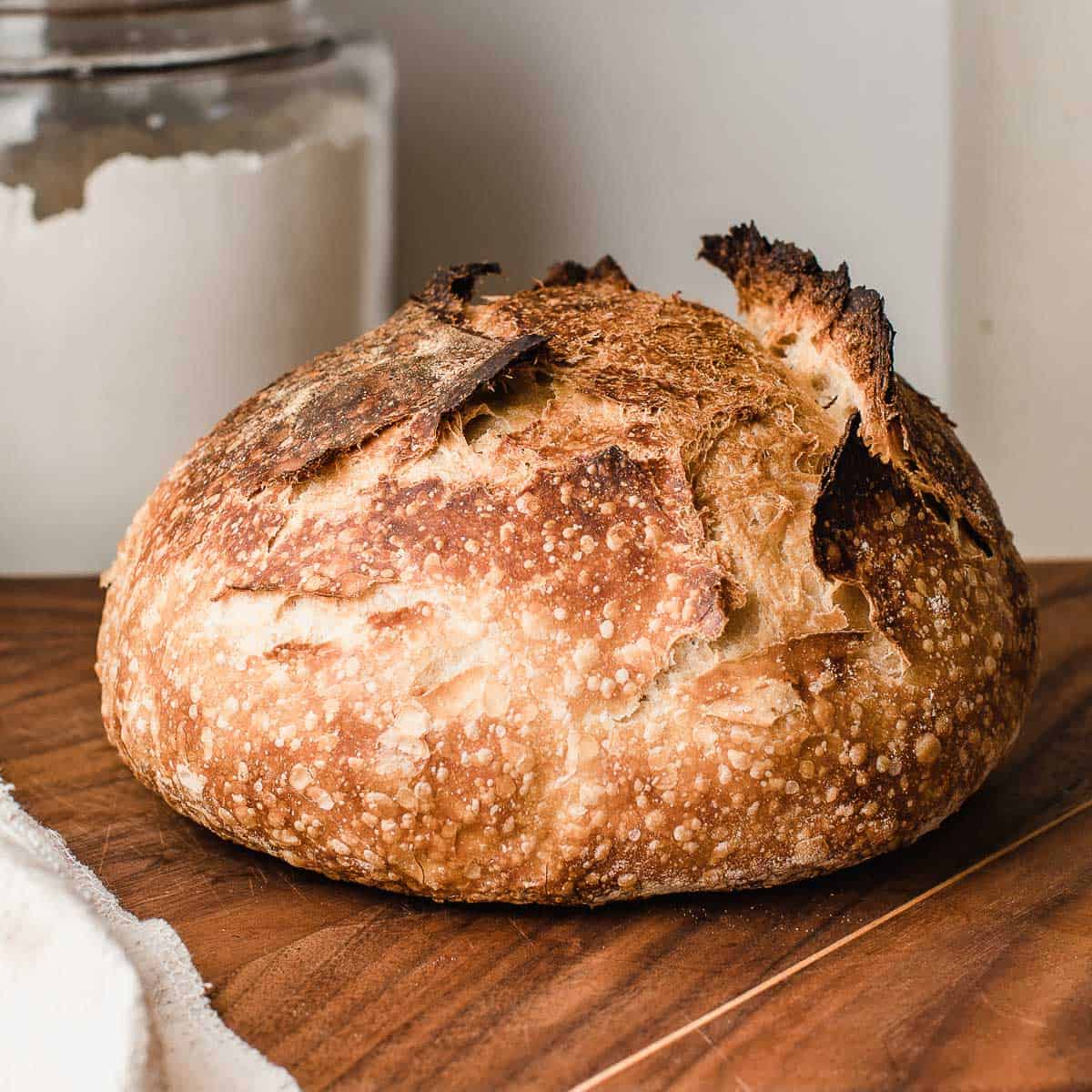
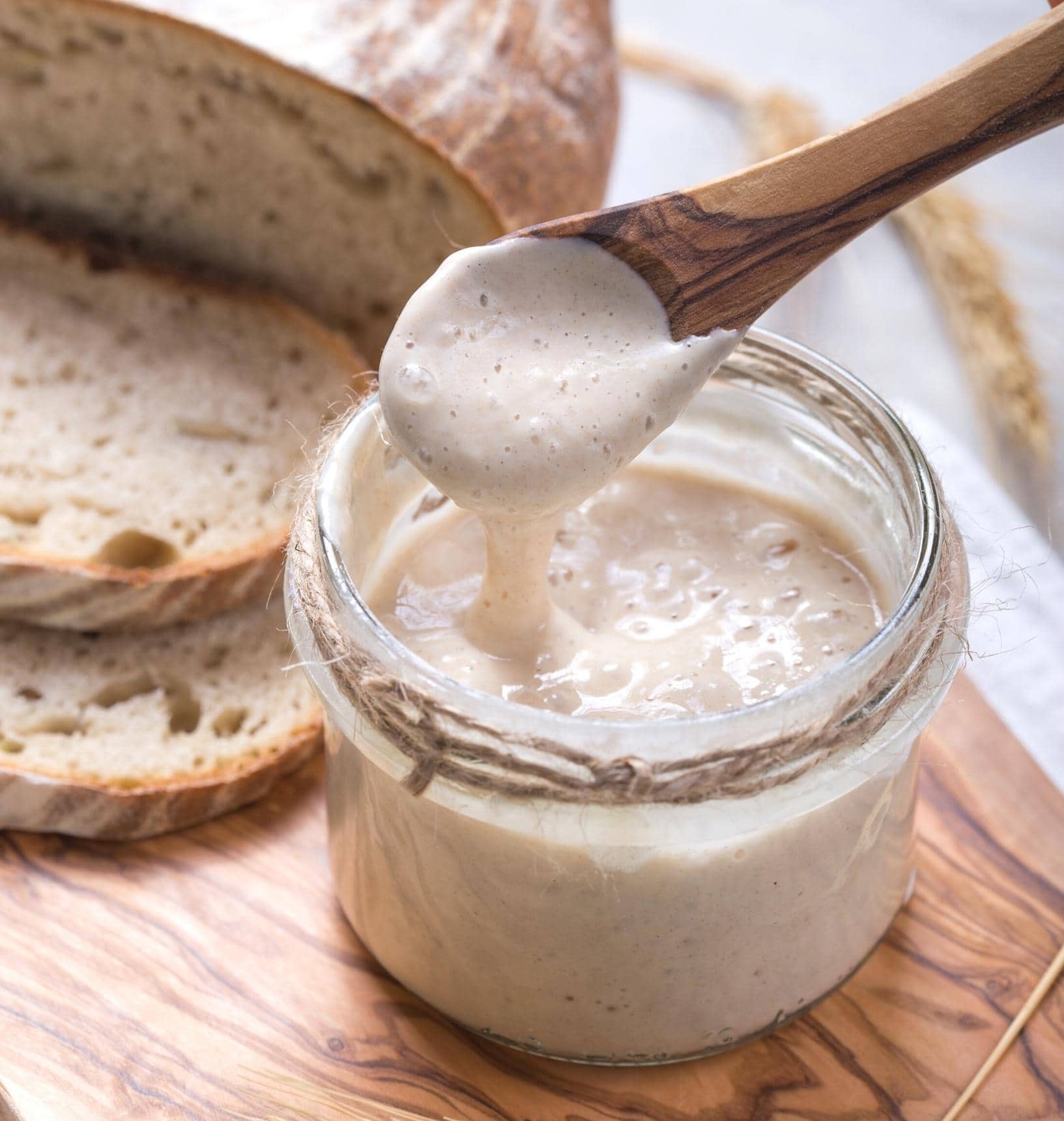




0 thoughts on “How To Store Sourdough Loaf”